Food fads. Don’t you just love them? Barely a week goes past without some people losing the run of themselves at the sight of the next big thing that promises to make them thinner or more beautiful or happier. But how does a food turn into a fad? And is there any merit in any of them? Pricewatch went in search of some answers.
Cronuts
They look like doughnuts and flake like croissants and for a brief spell five years ago the world – or at least that part of the world that was wealthy enough to care about such things – went nuts for cronuts. New York city pastry chef Dominique Ansel was the man who invented the tasty morsel and, within days of him rolling it out in his Big Apple bakery in May 2013, hundreds of people were queuing outside the bakery (proving we are not the only ones who should hang our heads in shame when it comes to mindless queuing). Within two months they were here – thanks to the Marker Hotel’s excellent executive chef Gareth Mullins. They can still be bought here – and they are as nice as they were at the outset – but the world quickly moved on and you could probably get through a whole year without hearing the word cronut mentioned once, except for now obviously.
Bulletproof coffee
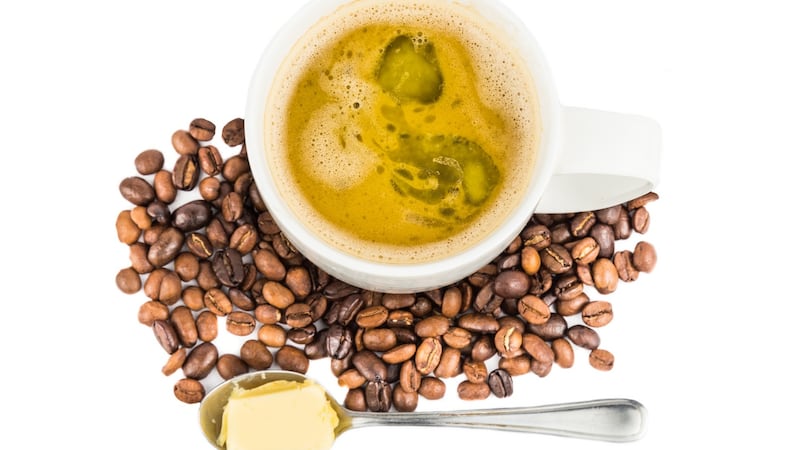
“When you mix high-quality coffee beans with the right fats, you get an amazing drink that stomps on hunger and cravings, banishes brain fog and helps you lose weight, build muscle, and increase focus and performance,” so said Dave Asprey, the man who decided putting coffee and butter together was a good idea. As his notion of adding butter to coffee gained traction, he told the world that he ate 4,500 calories a day and had not exercised in more than two years but still his “world-class anti-ageing physician” put him in “the lowest percentile” for all manner of illnesses. Medics were sceptical of his claims and so was Pricewatch having tried it on more than one occasion and not turned into svelte Adonis. While the butter coffee hasn’t gone away, like the cronut it has stopped making headlines.
Kale
Have you ever wondered how kale got cool? How was it that something that was a cheap staple of Irish mammies for hundreds of years suddenly started appearing on menus in exotic locations all over the world with a sometimes ludicrous price attached to it? Well, according to a story we have seen reproduced multiple times, it wasn’t an accident. The American Kale Association (yes, that IS a thing) was sought out by super-cool New York PR woman Oberon Sinclair who worked her magic on its product and suddenly kale was the next big thing.
It first appeared on the menu of New York's hip restaurant The Fat Radish – which happened to be a Sinclair client too – in 2010. Then Beyonce wore the word on a T-shirt and Gwyneth Paltrow made kale crisps on the Ellen de Generes Show. By 2012 Time Magazine was declaring kale one of the top food trends of the year. Today no self-respecting hipster cafe will countenance a menu without at least some kale on it.
Cup cakes
There was time – and it wasn't that long ago – when you couldn't swing a cat without hitting a cupcake. They were on every street corner and at every wedding, going away do and birthday party in this part of the world. Sex and the City is to blame. In an episode broadcast on May 10th, 1998, Carrie and Miranda spent just over a minute sitting outside the Magnolia Bakery on Bleecker Street eating vanilla cupcakes. They spent that minute talking – on the off chance that you can't remember – about Carrie's crush on Aidan and Miranda's thing with Steve. But the watching world cared less about what was coming out of their mouths and a whole lot more about what was going into them.
Within hours of the broadcast, people were queuing up to be like Carrie (and to a lesser degree Miranda) and apparently happy to spend $4 on a single cupcake. Quickly the cupcake craze spread across the world and we were all at it. But not any more. There are no queues outside cupcake shops today and people no longer bring cupcakes to work to lift colleagues’ spirits.
Doughnuts
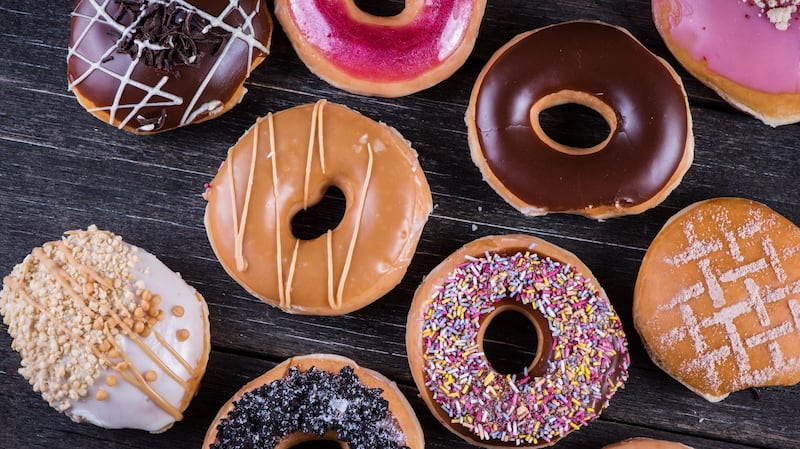
Instead people bring doughnuts. There are dozens of doughnut shops across the State, and Portland and Instagram are to blame. The Hipster capital of the US is where the trend for the tarted-up doughnut first emerged seven years ago and Instagram is the social media platform that made Homer Simpson’s favourite treats cool because, it turns out, the sugary greasy lumps are actually very photogenic. In fact, there are now over 10 million separate photographs of doughnuts on the social media platform. It’s hard to imagine what the puritanical Dutch who first introduced the doughnut to New Amsterdam – as it was then known – under the less than appetising name olykoeks (or oily cakes) would make of it all.
The breakfast roll
If you have ever asked yourself why we can’t have nice things you need look no further than the breakfast roll. In the late 1990s we got a lovely thing – freshly baked French baguettes – and we almost instantly stuffed it with rashers, sausages, eggs, hash browns, butter and ketchup turning it into a waist-widening heart attack to go. There was a time – a time before the economic unpleasantness of a decade ago – when queues formed outside of convenience stores and petrol station forecourts every morning. The queues were made up of builders and hungover students and office workers looking to get some stodgy artery-clogging grease into themselves as fast as possible. There were even number one songs written about it while celebrated economists created characters based around the breakfast roll.
To find out where it came from we looked through The Irish Times archive. The phenomena first appeared in print in this paper in a piece about female drunkenness in 2000. A decade ago, sociologist Dr Perry Share, of Sligo Institute of Technology, published a study of the jumbo breakfast roll in which he said it was "perhaps the ultimate symbol of our contemporary Celtic Tigerland". He traced the breakfast roll back to Victorian England when roadside vendors would sell soft rolls containing ham, sausage or egg to the workers heading to the factories. It took off in Ireland when Cuisine de France and fancier fuel forecourts became a thing.
Spiralised foods
In 2015 sales of courgettes soared as people tried out their new spiralising machines and retailers raced to cash in on a new fad. Courgetti became a thing and influential food writers, including well-regarded millennial bloggers Hemsley & Hemsley, told us we could eat long thin strings of courgette with Bolognese or pesto instead of pasta. Suddenly spiralising machines were everywhere as frantic people looked to get in on a trend. We can’t be certain but the number of spiralising machines now gathering dust in kitchen cabinets across Ireland must be in the hundreds of thousands.
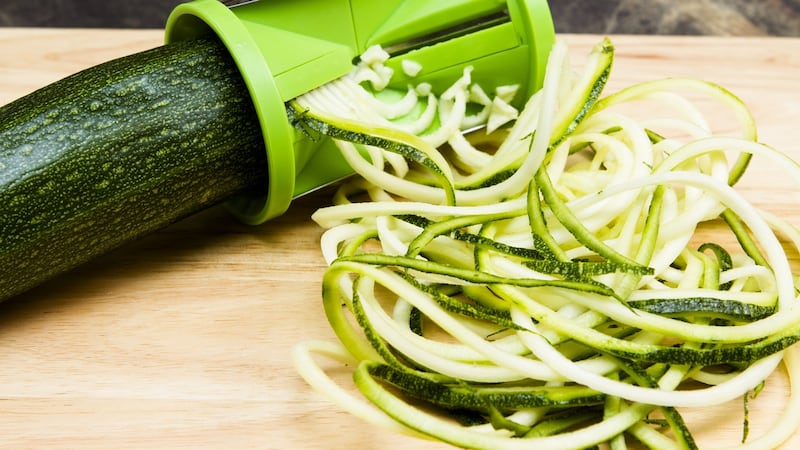
The first mention of spiralising in this paper was a mere four years ago in a piece written by Róisín Ingle. “Life is just better when you can, at a whim, whip out a courgette and turn it into stunning looking spirals of green goodness that look not unlike spaghetti. And then you start calling it courghetti and you aren’t even embarrassed,” she wrote. We checked in with her last week see if she was still spiralising. “No,” she admitted. “I did for a while and I loved it, I really did but I don’t even know where it is any more. I think I might have broken it.” She is not alone.
Quinoa
For thousands of years – going all the way back to the Incas – the people of Peru, Chile and Bolivia happily grew and ate quinoa and they had plenty of it to go around. It started being exported to the US only in the 1980s. Fast forward 20 years to when it was discovered by foodies who decreed the ancient seed to be a better option than wheat, couscous or rice. Suddenly the newly classified superfood (a ridiculous word if ever there was one) was everywhere.
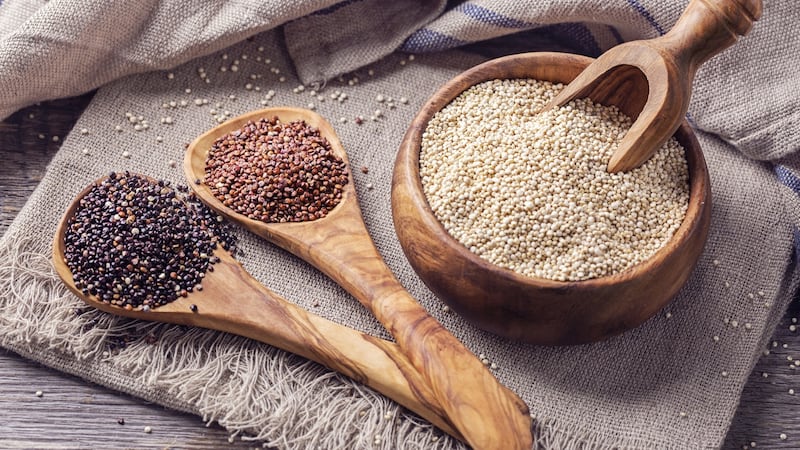
It is probably more healthy than many other options and it tastes grand but the heightened global demand has put pressure on many South American farmers to keep up with demand.
Pulled pork
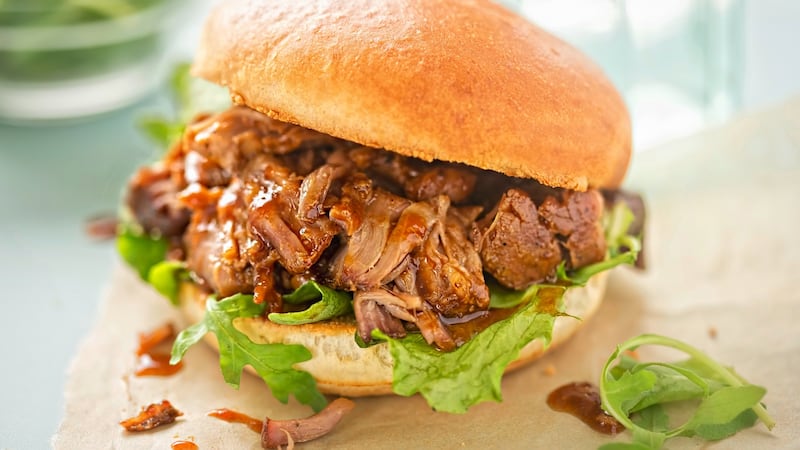
In 2010 few people in Ireland – save for those who have spent time in the barbecuing parts of the US – had even heard of pulled pork but within five years it was virtually everywhere. High-end restaurants and low-rent delis were all selling versions of the slow cooked mushy pork mess. It actually comes from a western part of North Carolina and is typically made using the shoulder of a pig cooked slowly over barbecue coals until it is soft enough to be “pulled” into shreds and doused in barbecue sauce. That is not how most Irish food outlets prepared pulled pork which made its very existence here questionable. While you might still be able to get a pulled pork sandwich in some places in Ireland today it is nowhere near as faddy as it was even two years ago.
Burritos
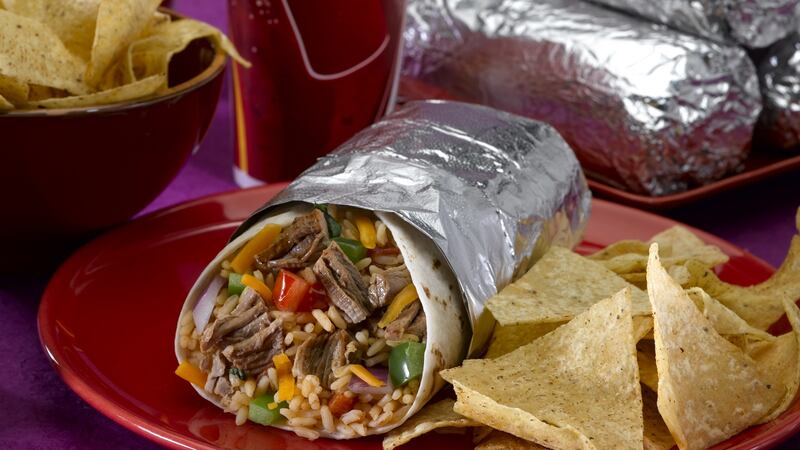
A decade ago getting a burrito in Dublin would have proved beyond most people. There was a place in the Epicurean Food Hall which has since – sadly – become a Dealz and that was mostly it. Today there are more than 30 such burrito bars across the city and the size of the queues outside any one of the many Boojum’s that have opened in recent years suggest there is a whole lot of life in the fad yet. It is not hard to see the appeal. The food is lovely, moderately healthy and reasonably priced and it is a decent alternative to more traditional fast food options. The little donkeys can be messy to eat mind you.
Avocado toast
If you tried to open a hipster restaurant without putting this on your menu you’d be laughed out of it. And heaven forbid you’d call your avocado anything other than smashed. “Mashed avocado? Yuk . . . Smashed avo? Amazing.” The brunch favourite was invented in Australia and started to get cool in the 1990s when Sydney chef and restaurateur and brunch king pin Bill Granger added lime, salt and chilli flakes to the mix. The notion then travelled to the US and there was no holding it back once Instagram came along in 2010.
Gwyneth Paltrow helped to popularise it in her cookbook It's All Good. Typically avocado on toast costs around a tenner in an Irish restaurant today but you can buy an avocado – sorry, an avo – in a supermarket for not much more than a euro while the lime juice, chilli, salt and bread will cost around the same again. Money for jam, it is.
Detox diets
They just keep rearing their ugly, pointless and utterly useless heads. All detox diets are nonsense. Foods do not help you detox. Your organs do. If you ever see anything that promises to detoxify you simple walk away; you will be doing yourself a favour.
Activated charcoal
By accident, Pricewatch found itself in a super cool new restaurant in Dublin last week that ticked all the hipster boxes – there was smashed avo, overnight oats, spiralised things, kale, cauliflower and all the rest. But our eye was caught by one thing in particular. Charcoal lemonade. Is that a thing now, we wondered. Turns out it is.
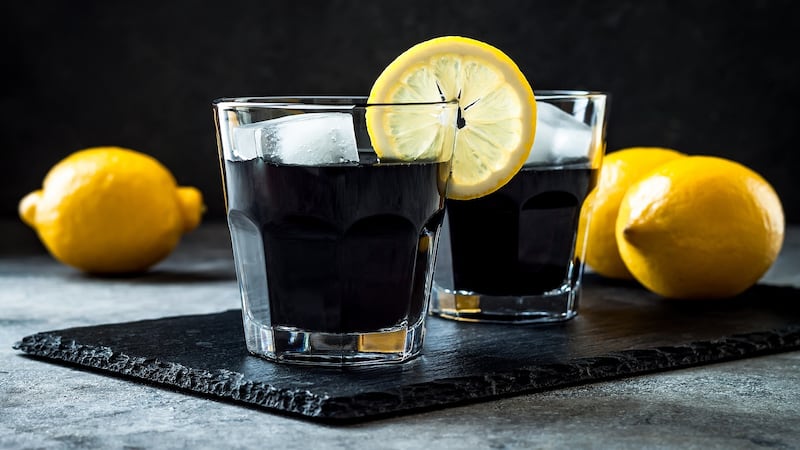
It is a brand new – to us – fad and the charcoal is said to brighten skin and teeth and cleanse organs. We spent €4 on a small cup of the stuff. It was black and lemony and perfectly pleasant. But did we feel cleansed or bright? No, no we did not.












